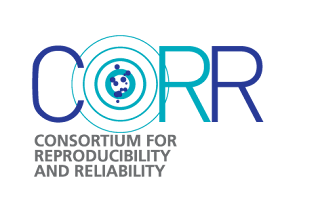Protocol: Generating Templates and Growth Charts for School-Aged Brain Development

Standard brain templates and growth charts provide an invaluable resource for basic science research, with the eventual goal of contributing to the clinical care of neuropsychiatric conditions. Here, we report on a protocol to generate MRI brain templates in children and adolescents at one-year intervals from 6-to-18 years of age, with their corresponding growth charts, using a large-scale neuroimaging data resource (948 brain images from China and United States). To assure that the brain templates and growth charts are reliable and accurate, we developed a refined pipeline consisting of template construction, image registration, brain area labeling and growth chart modeling. The pipeline comprises multiple modular workflows that can be used for multiple applications. In our approach, population- and age-specific templates were first constructed to avoid systemic bias in registration. Brain areas were then labeled based on the appropriate templates, and their morphological metrics were...





